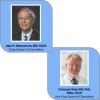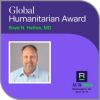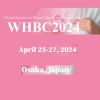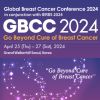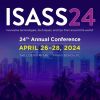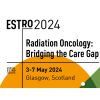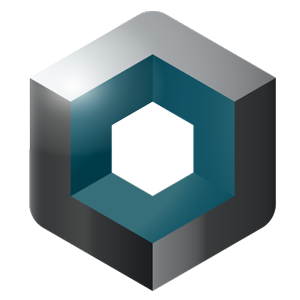The global contrast media market is worth $6.2 billion in 2012, and estimated to grow at a CAGR of 6.8% to reach $8.6 billion by 2017.
Contrast agents have evolved significantly over the past century, from barium and iodine-based agents that were used initially by medical practitioners and radiologists, to the more advanced agents like radiopharmaceuticals and gold nanoparticles currently in use. Sophisticated techniques such as targeted MRI imaging and gas microbubble technology in ultrasound will prove to be essential drivers in the widespread use of contrast agents in the future.
The global contrast media market is broadly segmented into barium-based, iodinated and gadolinium-based contrast media. These products are further categorised based on the medical procedure (X-ray, CT, MRI, ultrasound, and catheterisation laboratory), route of administration (oral, injection, rectal, and urethral), medical indication (cardiovascular, respiratory, musculoskeletal, gastrointestinal, and neurology, nephrology and oncology) and finally application (radiology, interventional radiology and interventional cardiology).
The global contrast media market, though fairly mature at present (2012), still shows potential to grow over the next five years. It is propelled by the increasing demand for diagnostic imaging and image guided surgical procedures, technological advances in diagnostic imaging and the ever-increasing incidence rates of cancer and cardiac disorders.
However, a few pivotal factors affecting the growth of this market are major economies of the world undergoing healthcare reforms, thereby affecting contrast media sales and the economic slowdown restricting the overall growth of this market.
The U.S. represents the largest contrast media market worldwide, followed by Europe and Japan. However, the economic slowdown has augmented opportunities for emerging markets like India and China to strengthen their position in the global arena. Advances in medical technology coupled with huge foreign investments from developed nations, allows these emerging markets to compete with global market leaders in this segment. Investment firms are increasingly focusing on expansion in developing markets of Asia, Latin America and Eastern Europe, since the U.S. is on the brink of embracing healthcare reforms and major economies in Europe are still recovering from huge financial deficits.
The global marketplace is highly competitive, with several small players specific to a particular geography challenging major ones. Owing to the recession and the emerging opportunities in developing countries, many small companies have similar product offerings at competitive prices.
Source: MarketsandMarkets














